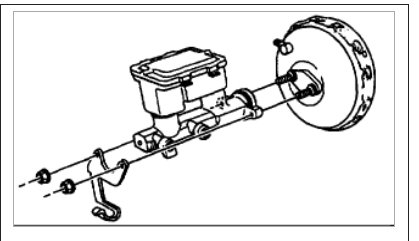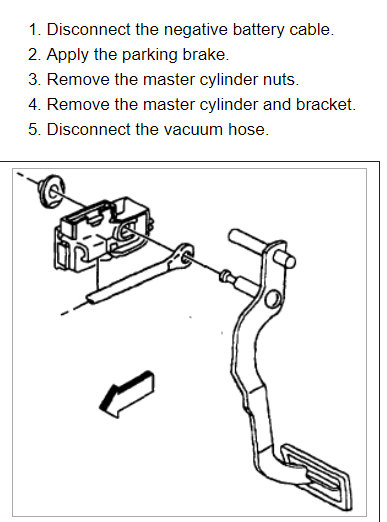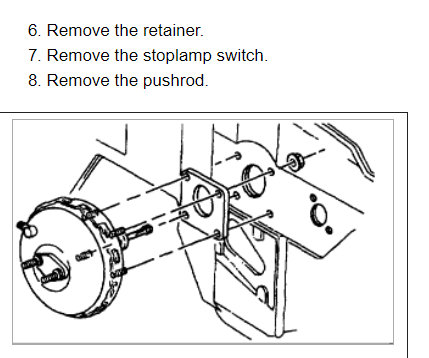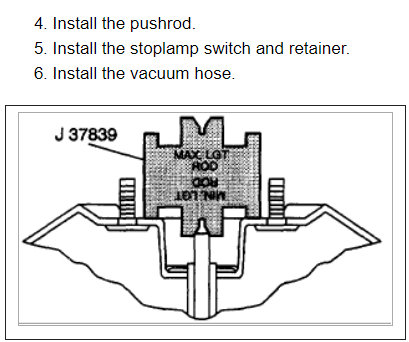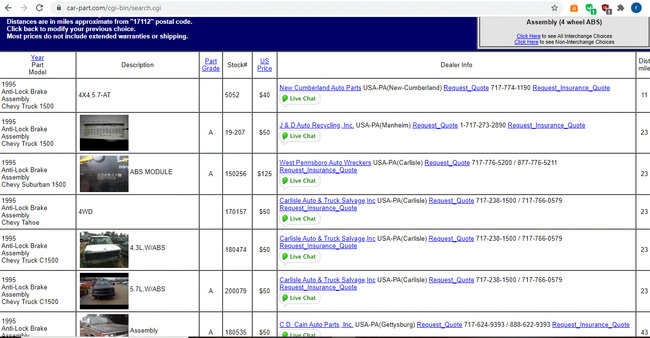Hydro-boost is definitely not an upgrade. It was the last-ditch effort to get decent power assist on diesel engines that don't have intake manifold vacuum. The early blocks were modified gas engine blocks with the hole for a distributor. They stuffed a camshaft-driven vacuum pump in there for the power brake booster.
In your case, the power booster is working just fine, as they usually do. They have nothing to do with how far the brake pedal goes, only how easily it goes there. GMs are well-known to need two men and a boy to push on their brake pedals when the engines are off. That's why it's so hard to notice the low pedal until the engine is started. To add to the misery, with a properly-working GM system, it is possible to push the brake pedal all the way to the floor when you're standing still. Had you been driving, that would equate to the wheels locked up and then some. This has the potential to lead to a master cylinder failure, especially given the age of the truck. Crud and corrosion build up in the lower halves of the bores in the master cylinder where the pistons don't normally travel. Pushing the brake pedal to the floor, whether bleeding improperly, surprised by a sudden leak, or just when standing still with the engine running, runs the pistons over that crud and can rip the rubber lip seals. That leads to a slowly-sinking brake pedal or no pressure buildup at all, and that may not show up for two or three days. This applies to any master cylinder over about a year old, on any brand of vehicle.
The web sites are full of GM truck owners complaining of low brake pedal, and I have yet to read about a solution common to all of them, besides the things we normally look for. Most of the time people have already replaced the master cylinder, the logical suspect, but still have the same problem. One thing you might look for is a rear drum brake shoe lining that rusted off its frame and is loose inside the drum. That will make the shoes need to move way too much and will result in a low pedal. Look for signs of wetness on the back side of the rear drum backing plates. That would indicate a leaking wheel cylinder. The clue to a leaking wheel cylinder or rusted steel line is the fluid level will continue to drop in the reservoir even after it has been refilled. With internal leakage in the master cylinder, fluid level in the reservoir will not drop.
There's a simple trick that prevents the need to bleed at the wheels when replacing a master cylinder, but since you did bleed there already, did you see any air bubbles come out the instant you opened the bleeder screw? Normally you'll need to run through enough brake fluid to get the air bubbles all the way down to the calipers. That takes some time. If you see air bubbles right away coming from a caliper, suspect a torn dust boot on it. I did see one that was drawing air into the caliper through that torn boot. That can't happen according to all of my training, but a rebuild kit took care of the mushy brake pedal that kept returning about every week.
Did you bench-bleed the new master cylinder before it was installed? If the truck has four-wheel anti-lock brakes, you may need a scanner to command the computer to open two valves so those chambers can be bled, especially if there was air in the lines from replacing the master cylinder. This doesn't apply to the rear-wheel, (RWAL) system that was more common for the time. Air will bleed through the dump valve to the rear brakes like normal with no special procedures.
Friday, April 9th, 2021 AT 2:20 PM
(Merged)
